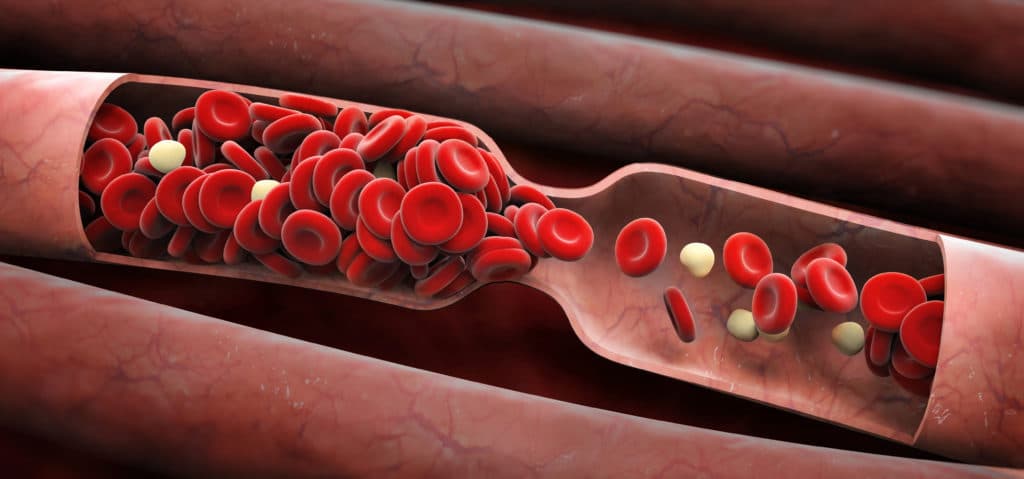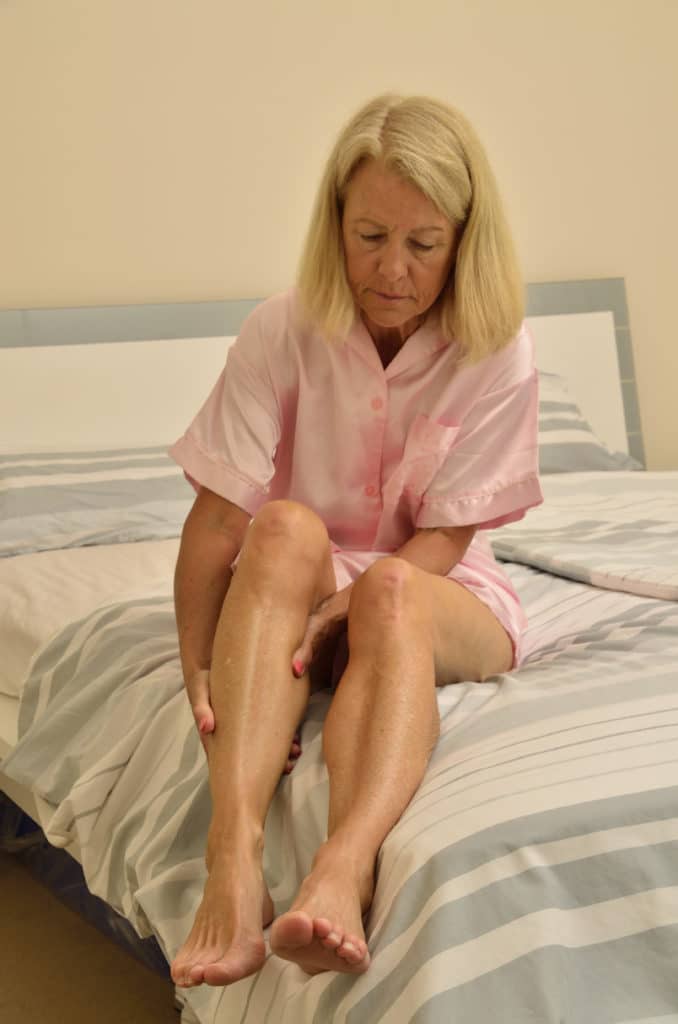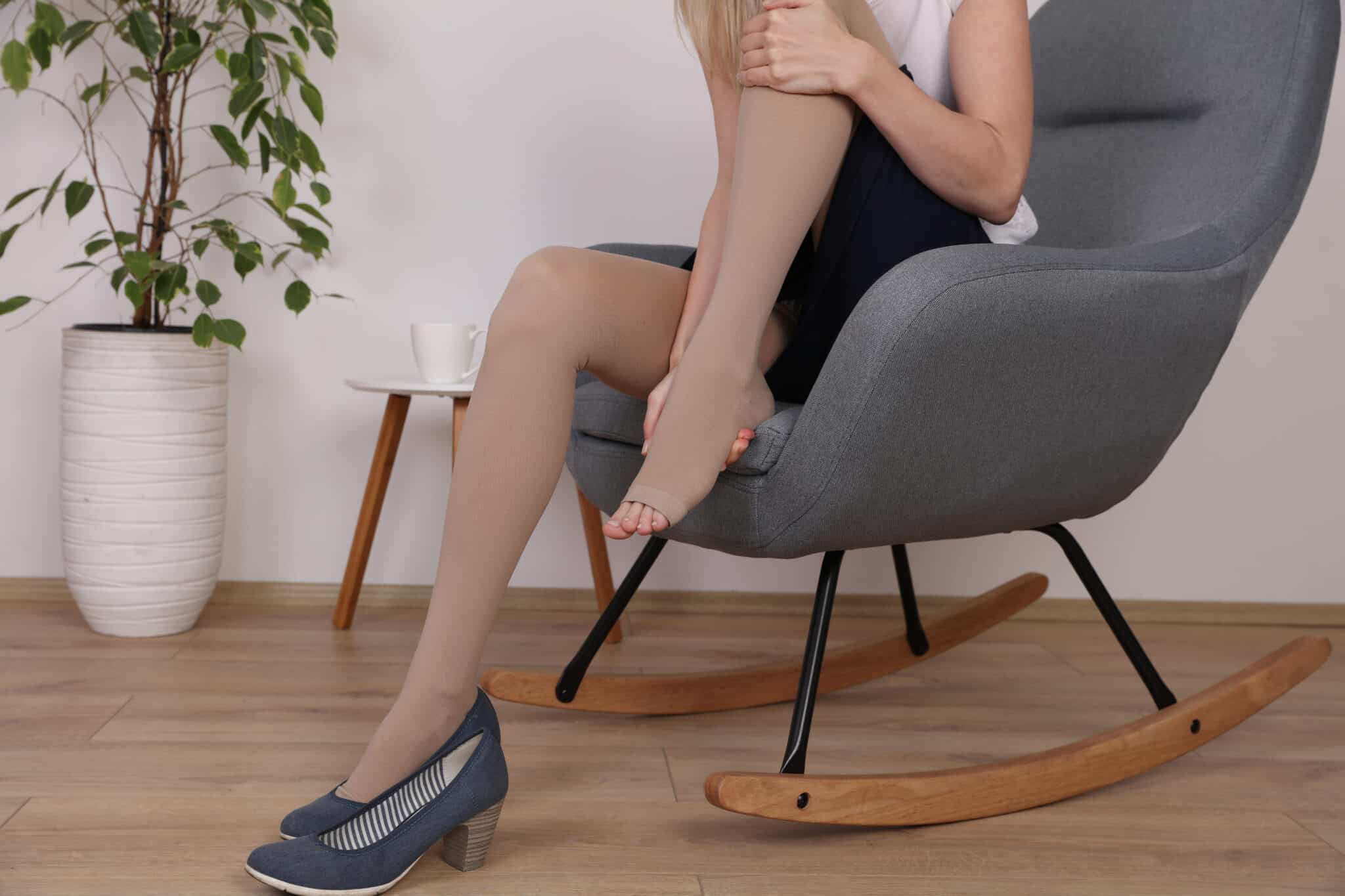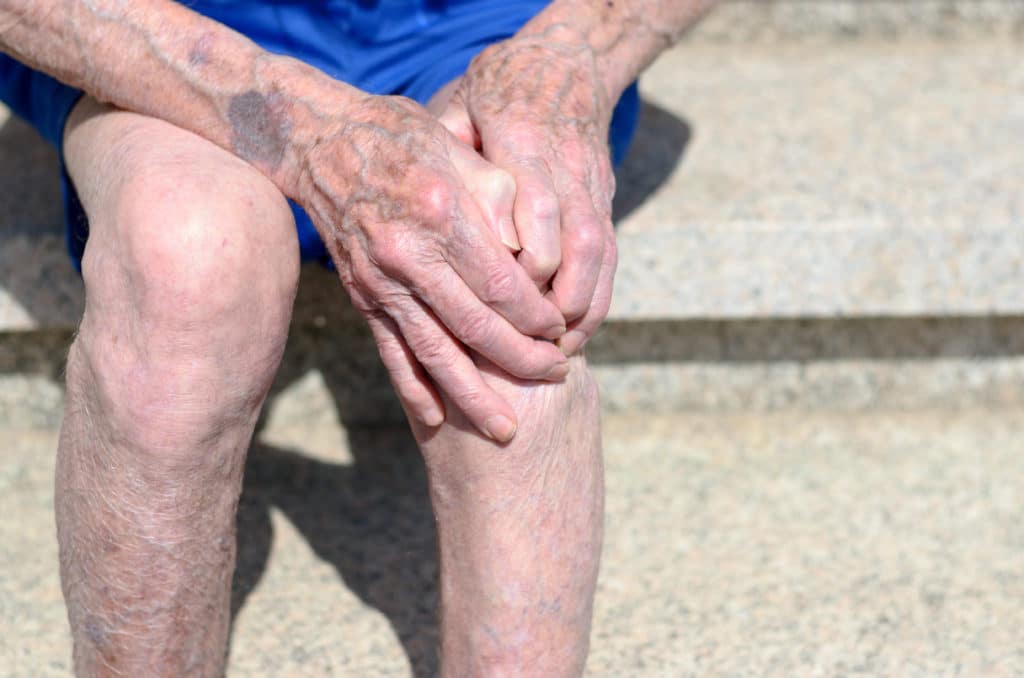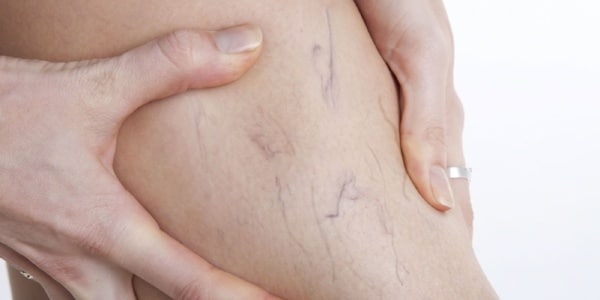
8 Common Myths About Spider Veins
There are a lot of myths and misconceptions when it comes to spider veins. So we asked Jilanne Rose, DPN, ANP-C, a top Metro Phoenix Vein Specialist, to dispel some of the more frequent misconceptions surrounding the cause, risk factors, and treatment of this common vein condition.
Myth #1: Spider Veins are Only Cosmetic
Many people believe that spider veins are unsightly but do not require treatment. Often times, there is underlying venous disease that is a much greater issue.
Myth #2: Spider Veins are Just Part of Getting Older
Although age is one of the risk factors of varicose and spider veins, it’s not the only one and is definitely not the most frequent one. The primary cause of any vein disease is hereditary. In other words, ladies and gentleman, if your mom or grandmother had varicose or spider veins, you are more likely to have them and your age is no longer relevant. In fact, vein disease can start to develop as early as your 20s, and if left untreated, varicose and spider veins will be a natural consequence. Other risk factors include female gender, pregnancy, sedentary lifestyle, being overweight, and having a history of prior leg trauma.
Myth #3: Spider Veins are Strictly a Problem for Women
Incorrect! Spider veins can happen to anyone. It is estimated that as many as 45% of all men will develop some form of venous disease by the time they reach their 60s. The number one cause of varicose veins in both men and women is family history. Lifestyle factors play a significant role as well. If your occupation requires you to stand for long periods, such as medical professionals, factory workers, first responders, sales or restaurant staff, you are more likely to get varicose veins. If you travel and spend long hours flying or driving, or if you sit at a desk for several hours at a time, you are at high risk as well.
Myth #4: Running or Standing Can Cause Spider Veins
Again, this is incorrect. In fact, running, walking or exercise is good for your veins and helps increase circulation. Prolonged standing and sitting in one position does aggravate venous disease and you will notice it more.
Myth #5: Only Overweight People get Spider Veins
Although weight may be a risk factor, a 2015 research article published in Phlebology could not directly link obesity with vein disease, so we can’t really bust that myth. Maintaining a healthy weight and lifestyle can help ease symptoms.
Myth #6: Surgery is the Only Option to Treat Spider Veins
Treatments for venous disease have taken huge leaps forward. Today, there is a range of minimally invasive, maximally effective procedures that can have you back on your feet with a much improved quality of life in very little time. Many of these procedures can be performed in a clinic, on an out-patient basis, with local anesthetic. More often than not, spider veins are treated with non-invasive or minimally invasive techniques that are nearly pain-free.
Myth #7: Vein Treatment is Painful
There was a time when leg vein surgery only referred to procedures such as vein stripping and ligations, painful procedures, likely involving general anesthetic, and definitely involving long and difficult recovery times. There are several modern procedures for varicose veins, spider veins, venous insufficiency and other vascular disease, which, cause minimal pain (if any) and have very fast recovery times. Watch this video from Jilanne Rose to learn more about what you can expect in terms of pain and recovery time .
Myth #8: Vein Treatment is Expensive and Not Covered by Insurance
Many people mistakenly believe that varicose and spider veins are only a cosmetic issue. In reality, the majority of our patients, typically have complaints that indicate an underlying venous condition such as leg pain and/or swelling, restless legs or numbing, tired legs, and leg ulcers. These are real medical problems that significantly impair activities of daily living.
After a full vein exam and ultrasound, patients find that commercial insurance carriers almost always cover vein treatment. Medicare and Medicaid will also cover vein treatment.
Additionally, the latest techniques in Sclerotherapy and Thermal Ablation, are minimally invasive and the costs are considerably lower than what you previously had to pay for a surgery.
It is best to get a complete vein exam and consultation from a qualified vein specialist in order to fully understand your specific circumstances. If you would like to find out if you are at risk of venous insufficiency in the Scottsdale, Phoenix, Mesa or Tempe area, click on the link below to book an appointment.
Question: I have spider veins on my legs and they really hurt to the touch. Can that be dangerous to my health? Answer: In the large picture, pain associated with spider veins is not life threatening. It would be worthwhile to have an evaluation by a qualified provider to see if these spider veins are…
Read MoreI am scheduled for a right leg radiofrequency ablation. I have venous insufficiency in the saphenous vein and have had a blood clot before. Question: In 2006, I underwent an artificial lumbar disk implant. This failed causing artificial disk to move into the spine. While surgeon removed the artificial disk implant, he nicked the liac…
Read MoreMy doctor said my vein is too large to have sclerotherapy performed first, is this true? Question: I have a few visible spider veins on my lower leg that I want treated with foam sclerotherapy. However, the doctor wants me to do endovenous laser treatment before the sclerotherapy. According to him, my vein is way…
Read MoreI’m having the same pain that I had before my ablation procedure, except it is in a different new location. How long will this go on? Question: It’s been 2 months since my GSV endovenous laser ablation procedure. I have the same pain that I had before the procedure, except it’s in a new location.…
Read MoreI recently had the VNUS procedure done (both legs, multiple veins). Is it normal to have open, circular wound with redness and slight weepiness? Question: All of the other areas are healing nicely, but the area on my shin (a bit off center) has a much larger wound. It has been quite red in the…
Read MoreQuestion: How big of a size do compression stockings come in? Answer: Compression socks should be comfortable and supportive. If the stockings are making your symptoms worse, it is likely that they do not fit you correctly. There are numerous companies that make standard sized compression stockings. Some make 7 to 8 different sizes. Additionally,…
Read MoreQuestion: WHAT CAN I DO TO GET RID OF MY VARICOSE VEINS? Answer: There are numerous options to treat varicose veins. Some are considered medically necessary, while others are strictly cosmetic. Larger veins are treated in a myriad of ways depending on the provider you consult with and their proficiency in a given intervention. The…
Read MoreQuestion: I knelt down the other day and injured the large varicose vein over my knee. It bruised quickly and felt very sore, so I put a pressure bandage on it. Since then, the vein bruise has spread and is now about 12″ up my thigh. It is very red, and I’m not sure what…
Read MoreQuestion: What treatment options are available for my CVI? I can’t sit or stand in one place and I have heavy, aching legs all of the time. I started to have achy, heavy leg feelings about a month after I sprained my right ankle and scratched my left knee last April. I was diagnosed with…
Read MoreQuestion: During the EVLT laser procedure I really didn’t feel well, especially when the laser was on. I felt dizzy and the smell of “burning” freaked me out. Even after I was done, it took me couple hours to feel normal again. Is that normal? Answer: The “odor” and sometimes a taste is normal during…
Read More
